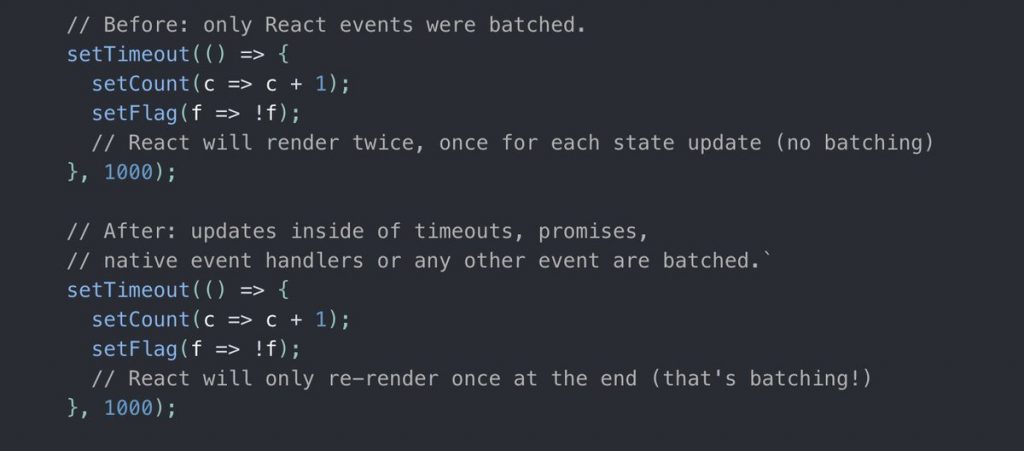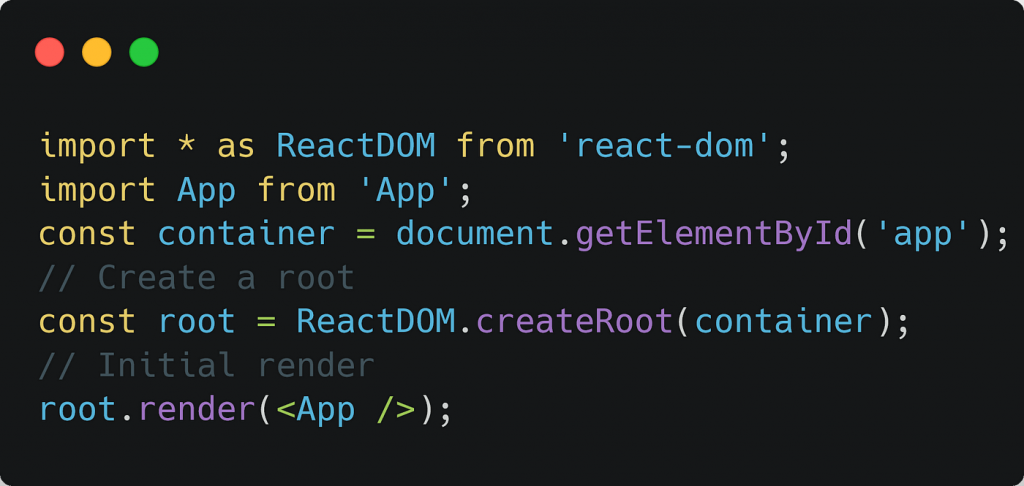
New York, NY – InRhythm recently concluded its very first Propel Spring Quarterly Summit; a premiere event consisting of six individual coding workshops aimed to support the learning and growth of engineering teams around the world.
Over the last three weeks, our consulting practices have led a series of interactive experiences that delved into the latest technology trends and tools, designed to propel professionals forward into their careers.
The workshops are free to access as a unique part of InRhythm’s mission to build a forward-thinking thought leadership annex:
- InRhythm Propel Spring Quarterly Summit / SDET Workshop / March 17th 2023
- InRhythm Propel Spring Quarterly Summit / Web Workshop / March 24th 2023
- InRhythm Propel Spring Quarterly Summit / DevOps Workshop / March 29th 2023
- InRhythm Propel Spring Quarterly Summit / Android Workshop / April 11th 2023
- InRhythm Propel Spring Quarterly Summit / Cloud Native Workshop / April 21st 2023
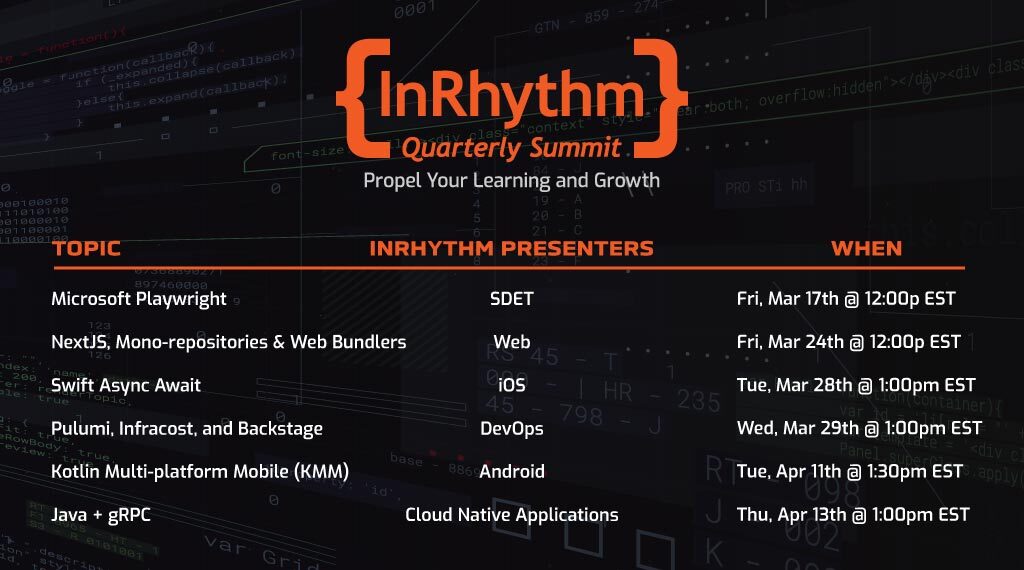
SDET Workshop (03/17/23)
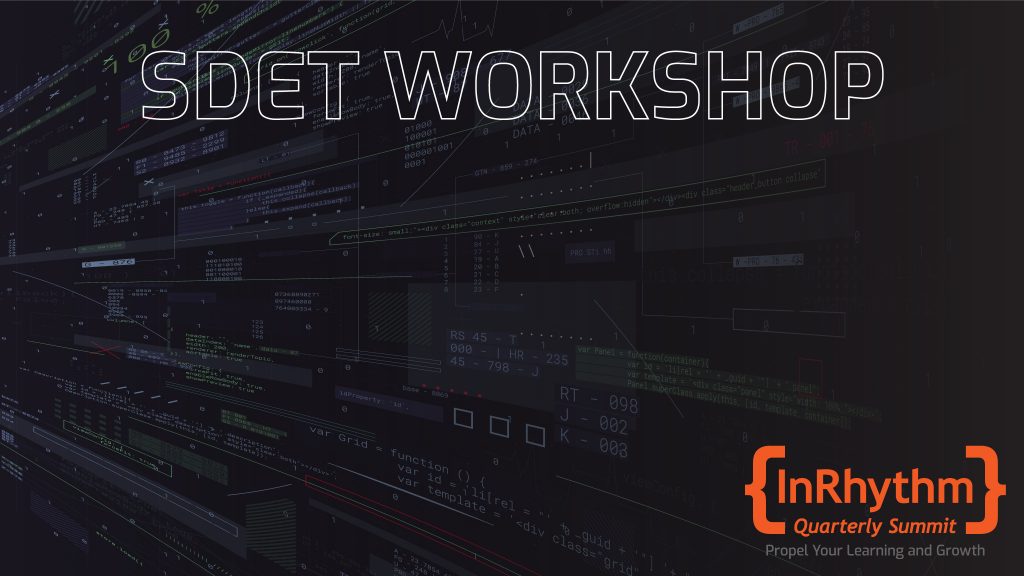
This workshop worked as an introduction to writing and running tests using Microsoft Playwright. Our SDET Practice went over Playwright’s extensive feature set before diving more in-depth with its API.
For the workshop, the team went over setup and installation of the tool, as well as wrote a series of comprehensive tests against a test application. Once tests were run, the team afforded participants the opportunity to go over some of Playwright’s advanced features, such as its powerful debugger and enhanced reporting.
To close out the workshop, SDET Practice Leadership compared Playwright’s features to some of its competitors, went over its pros and cons, and discussed why they believed it to be a paramount tool to consider for automated testing solutions.
Web Workshop (03/24/23)
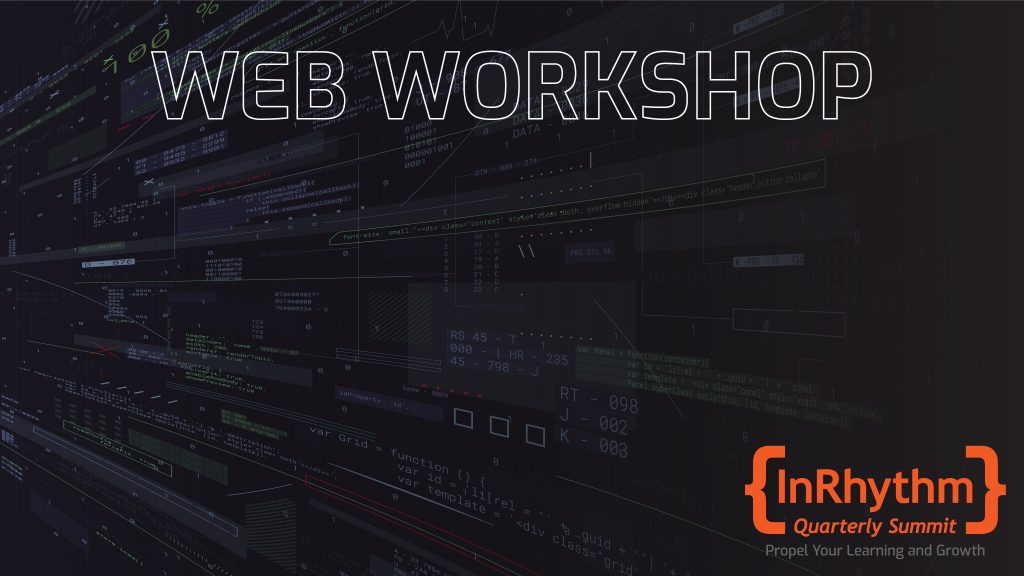
Our Web Practice focused their workshop on their top three, intertwining technologies for development cycles.
With many modern web applications sharing many of the responsibilities that a middle layer/presentation and service layer/backend provide to the frontend layer, the project was kicked off by organizing the elements with a mono-repository.
Once the application moved into its build phase, it was time to accelerate the architecture to the next level using NextJS.
Web Practice Leadership wrapped their project, with an intuitive overview of web bundling and the variety of methods utilized – in order to best adapt to each individual build.
DevOps Workshop (03/29/23)
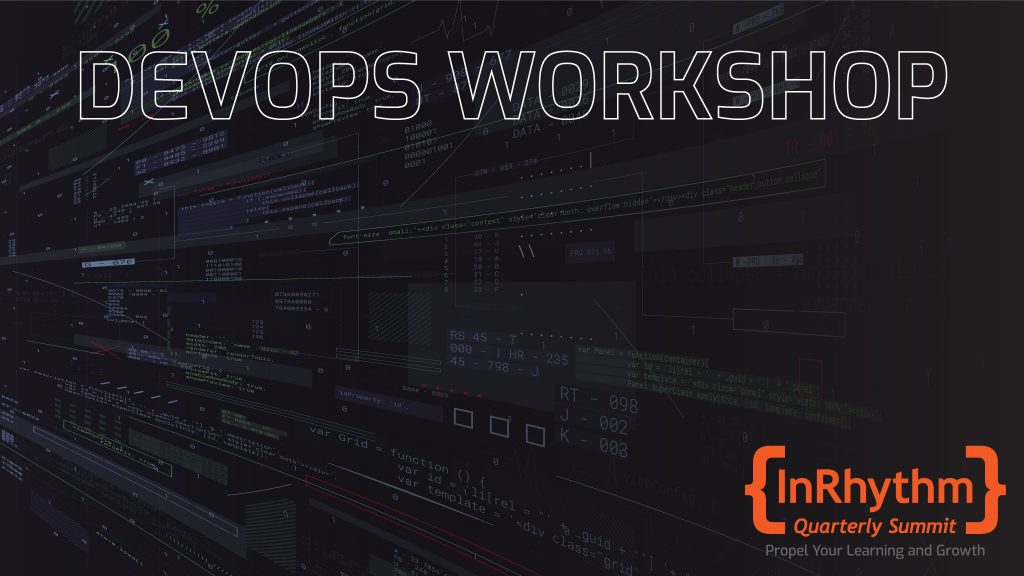
In this workshop, the DevOps Practice demonstrated tools for provisioning infrastructure as well as how to construct a self-servicing platform for provisioning resources. With these new developments in the industry, bridging the gaps between development and ops by allowing developers to self-manage cloud infrastructure to satisfy their needs will be a paramount skill to adopt. Our DevOps practitioners discussed the pros and cons of a number of tools for provisioning infrastructure and identified which tools can best fit a business’ needs.
For the hands-on interactive session, the team ran through the necessary steps to get started with Pulumi and provision a resource onto AWS, along with demonstrating Terraform in order to get a feel for the difference between the two popular infrastructure-as-code tools. After that, we set up some plugins to enhance the development experience with IaC.
Self-servicing platforms are the best way to allow for engineers to provision resources and infrastructure for their needs en-masse. With Backstage, the team was able to demonstrate a platform for engineers to come to and fulfill their needs whether it be creating a new microservice, a new repository, or even provisioning a new k8s cluster. Furthermore, the provisioning of these resources were proven to standardize and bring uniformity to ensure that best practices are enforced. Long gone are the days of submitting a ticket to create a new instance to deploy an application, with a wait time of a few hours or even a few days. Self-servicing tools are the future of bringing operations into the hands of developers and bridging the gap between development and operations.
Finally, DevOps Practice Leadership set up a self-servicing platform and hooked it into the aforementioned IaC repository to allow for the provisioning of resources from a GUI.
Managing infrastructure can quickly become tedious as the number of resources being used on a cloud provider continue to grow. With infrastructure-as-code, not only DevOps engineers, but developers can now lay out infrastructure using code. Since it’s managed via code, version-controlling/source-code management tools are also available, making management of infrastructure significantly easier.
iOS Workshop (03/28/23)
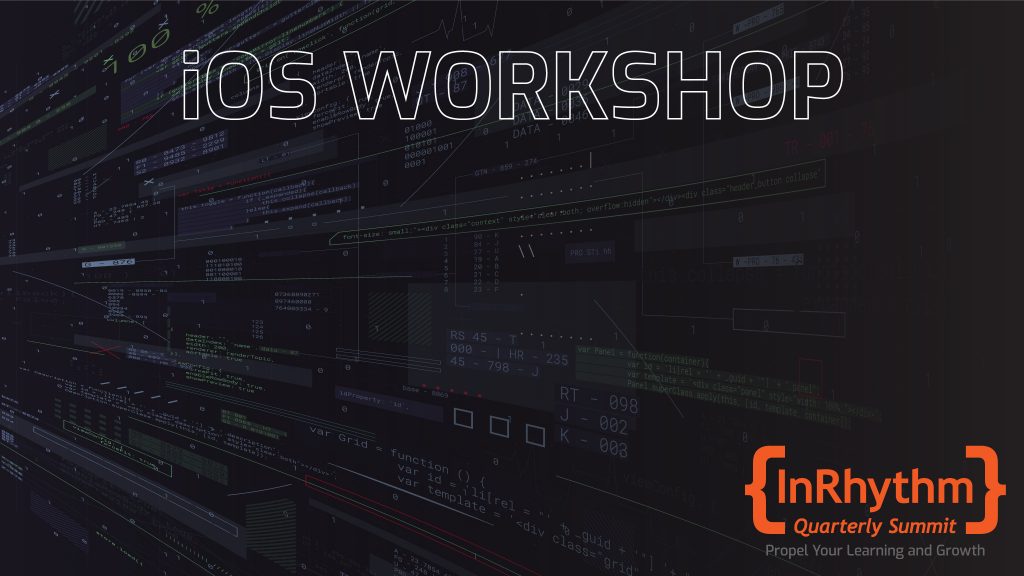
Our iOS Practice did a full overview of Swift Async/Await for iOS application development
Async/Await is a programming feature that simplifies asynchronous operations by allowing software engineers to write asynchronous code in a synchronous manner. It also makes code easy to read/write, improves performance/responsiveness, and reduces the likelihood of errors.
In short, Async/Await is a powerful modern feature in every avenue from development speed and simplified code to and application performance.
Android Workshop (04/11/23)
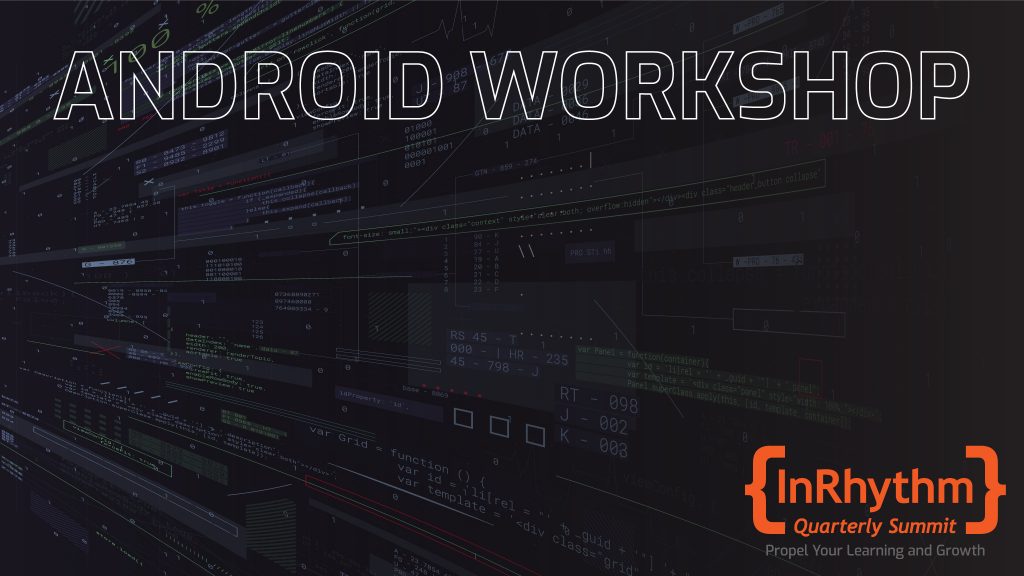
Our Android Practice performed a comprehensive demonstration of the practical integration of Kotlin Multi-Platform Mobile (KMM) for cross-platform development.
Kotlin Multi-Platform Mobile is an exciting, growing new technology that allows sharing core code between Android, iOS, and Web.
In this workshop, Android Practice Leadership explored what KMM was, how to setup a project for KMM, a walkthrough implementing a core module to a few APIs (network layer, data models, parsers, and business logic), and then consumed this core library in an Android (Jetpack Compose) and iOS (SwiftUI) application.
Cloud Native Application Development Workshop (04/21/23)
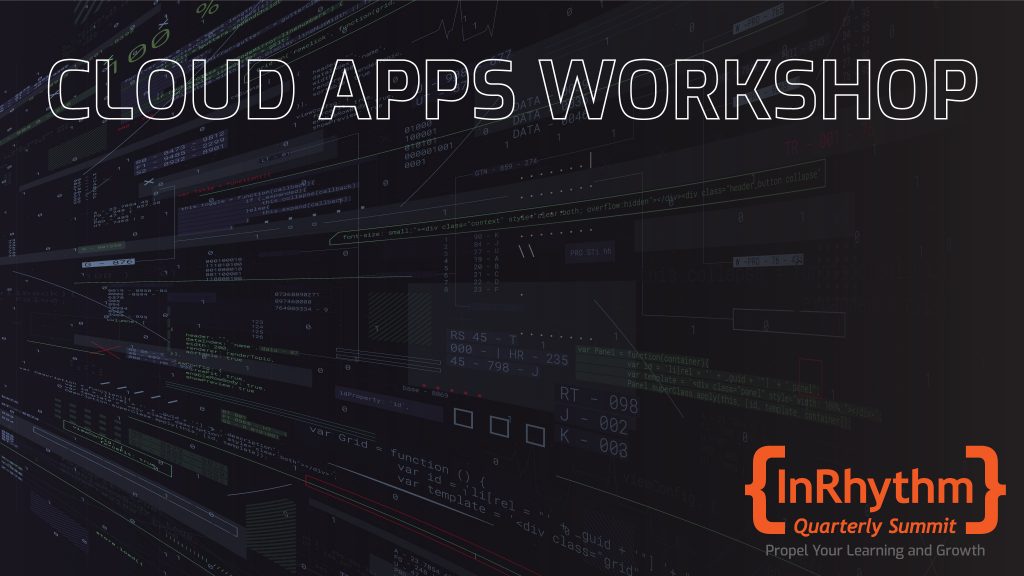
In this workshop our Cloud Native Application Development Practice introduced the participants to gRPC, which is Google’s take on Remote Procedural Calls. Our Practice Leadership presented a brief history of gRPC and Protocol Buffers. Google and other companies use gRPC to serialize data to binary which results in smaller data packets. Throughout the presentation our team went over some of the pros and cons of using gRPC for individual API calls.
In our hands-on workshop portion participants created a simple application to manage users and notes powered by Java, gRPC, and Postgres. The grand finale featured a full-circle moment as we worked together to create a series of CRUD APIs in Java using gRPC to send/receive data packets, translate those into objects, and store them in a database.
About InRhythm
InRhythm is a leading modern product consultancy and digital innovation firm with a mission to make a dent in the digital economy. Founded in 2002, InRhythm is currently engaged by Fortune 50 enterprises and scale-ups to bring their next generation of modern digital products and platforms to market. InRhythm has helped hundreds of teams launch mission-critical products that have created a positive impact worth billions of dollars. The projects we work on literally change the world.
InRhythm’s unique capabilities of Product Innovation and Platform Modernization services are the most sought-after. The InRhythm team of A+ thought leaders don’t just “get a job,” they join the company to do what they love. InRhythm has a “who’s who” clients list and has barely scratched the surface in terms of providing those clients the digital solutions they need to compete. From greenfield to tier-one builds, our clients look to us to deliver their mission-critical projects in the fields of product strategy, design, cloud native applications, as well as mobile and web development.






